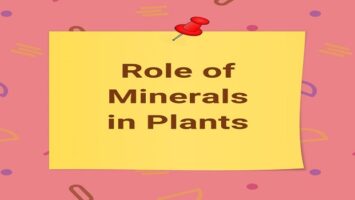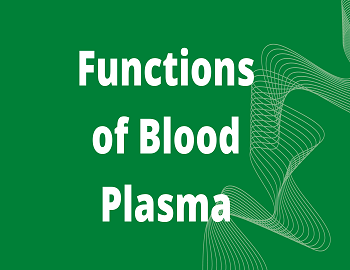Classification of Carbohydrates:
Carbohydrates play a fundamental role in the life of animals and plants. Plants synthesize carbohydrates through a process of photosynthesis and utilize solar energy while animals procure carbohydrates from them. They are an important source of energy ( polysaccharides, starch, and glycogen) for living organisms as well as means by which chemical energy can be stored. In addition, some carbohydrates can function as structural units (cellulose and chitin) within the cell.
Carbohydrates are organic compounds normally made up of carbon, hydrogen, and oxygen in the ratio of 1 : 2 : 1. In addition to the above three, they are also associated with nitrogen and sulfur.
The main sources of carbohydrates in nature are potatoes, barley, maize, wheat, sugar cane, rice, etc.
Carbohydrates may be classified into monosaccharides, disaccharides, oligosaccharides, and polysaccharides.
(1) Monosaccharides- Monosaccharides are carbohydrates having a single ring of carbon, and are sometimes called simple sugars such as glucose, fructose, and galactose. The common sugars are pentoses and hexoses and are found in abundance in plants, animals, honey, etc. The monosaccharides are grouped according to the number of carbon atoms in their structure, i.e. trioses (C3H6O3), tetroses (C4H8O4), pentose (C5H10O5), hexoses (C6H12O6) and heptoses (C7H14O7). Except pentoses and hexoses others are less common sugars mentioned in the above lines.
Monosaccharides cannot be hydrolyzed into smaller units under reasonably mild conditions. They are sweet, neutral, crystallizable, readily dialyzable, and soluble in water. They can undergo alcoholic fermentation.
(2) Disaccharides- Disaccharides are compounds formed by the union of the molecules of monosaccharides with the elimination of water. The process is called condensation. During the process, an OH group of one monosaccharide joins with one of the carbon atoms of the other forming a glycoside bond.
| C6H12O6 + C6H12O6 ——> C12H22O11 + H2O |
The glycoside bond is developed either in the two similar or different monosaccharides.
The common disaccharides are maltose formed by the combination of two molecules of glucose; sucrose formed by the union of glucose and fructose; lactose is formed by the combination of glucose and galactose; similarly, phlorhizin found in the bark of Rosaceae, is a combination of glucose and phloretin; and amygdalin, present in the seed of the bitter almond, is a combination of glucose and mandelonitrile. They are sweet crystallizable, soluble, and dialyzable compounds.
(3) Oligosaccharides- Oligosaccharides are carbohydrates that consist of a small number of monosaccharide units (simple sugars) linked together by glycosidic bonds. They are intermediate in size between monosaccharides and polysaccharides.
Oligosaccharides can be naturally occurring or produced through enzymatic or chemical synthesis. They are commonly found in plants, milk, and some legumes. Some examples of oligosaccharides include fructooligosaccharides (FOS), galactooligosaccharides (GOS), and inulin.
These compounds are considered prebiotics because they serve as a food source for beneficial bacteria in the gut, promoting their growth and activity. As a result, oligosaccharides have been associated with various health benefits, such as improved digestion, enhanced immune function, and potential anti-cancer properties. They also contribute to the overall balance of the gut microbiota.
(4) Polysaccharides- The term polysaccharides refers to a group of compounds that yield a large number of monosaccharides on hydrolysis. The polysaccharides consisting of only one type of monosaccharide units are called homopolysaccharides (starch, glycogen, cellulose, and dextrins), while those with different types of monosaccharide units are called heteropolysaccharides (mucopolysaccharides). All polysaccharides are insoluble in water. Because of their large size, they form colloidal solutions and solids and will not pass across the natural membranes of organisms. They are chemically inert and do not ionize and for this reason, very much suited as reserves as starch in plants and glycogen in animals.
Polysaccharides are frequently tasteless, insoluble, amorphous compounds with very high molecular weight. The empirical formula is (C6H10O5)n in which the value of n maybe even 200 or more. Though most of carbohydrates are true foods and they furnish energy to our body, cellulose is undigestable, so it does not provide the energy. It acts like roughage, the substances which are neither digested nor absorbed in the gut but their presence is essential to promote intestinal peristalsis.









Comments (No)